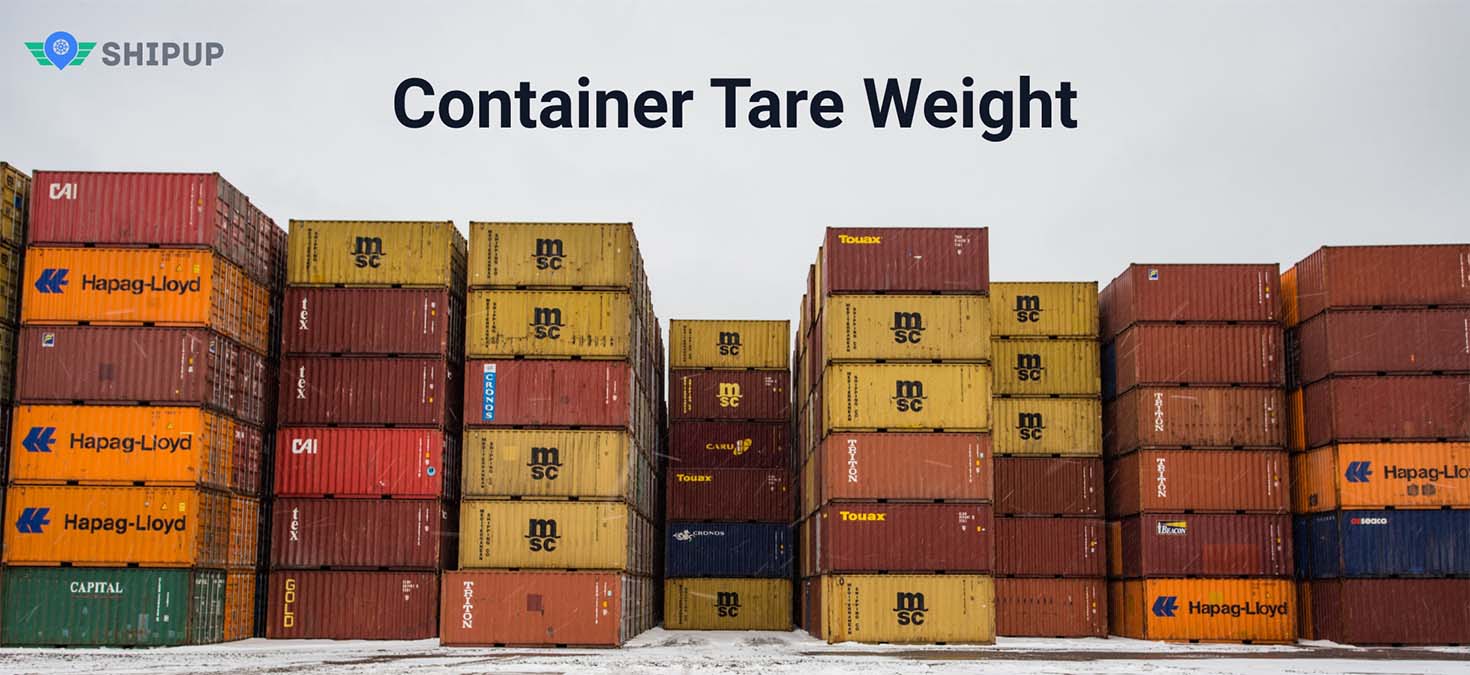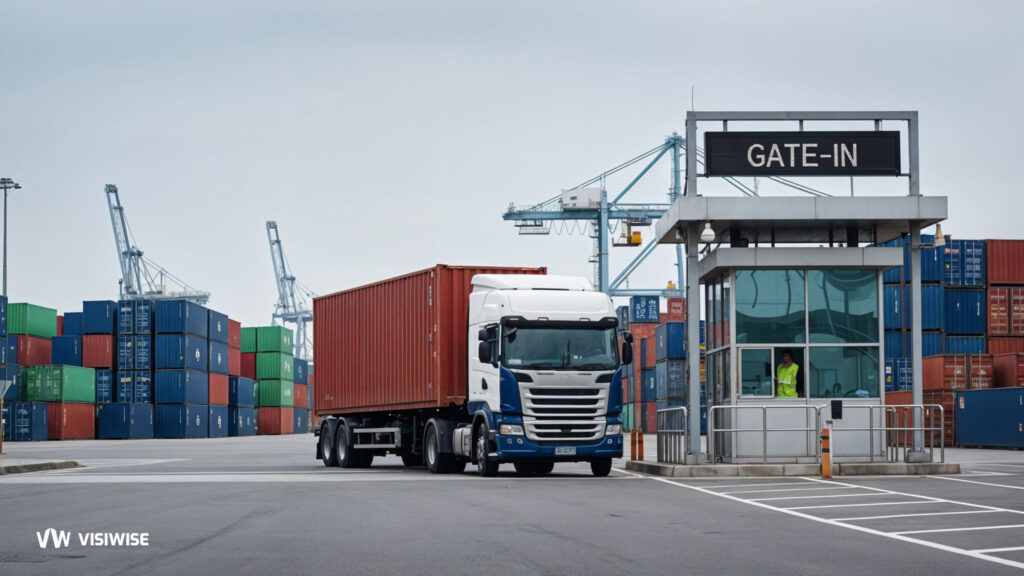Container tare weight is the weight of an empty container that is used to hold goods. The tare weight must be deducted from the gross weight of a shipment to calculate the net weight of the goods. Tare weights are established by shippers and are indicated on bills of lading and other shipping documents .
The tare weight is the weight of the container and the contents when they are shipped. The net-to-net method is used to calculate the tare weight when goods are shipped without a container. The tare weight is the value of the empty container.
How Is Container Tare Weight Determined?
The tare weight is the value of the empty container. It is determined by subtracting the volume of the goods being shipped from the total volume of the container. The volume of goods being shipped includes all space occupied by the product in addition to any packing material and/or pallet(s).
The weight of the empty container is typically calculated by subtracting the tare weight from the gross weight of the container. The gross weight of a container is the shipping weight of the empty container.
How Is Container Tare
An accurate tare weight is important because it can save you money when shipping larger quantities. If the tare weight is too high, then you are paying more than necessary to ship your products. This means that there is room in the container for more products!
Typically, the maximum tare weight of a container is 9 metric tons. This means that if your product weighs less than 9 metric tons, then you are paying too much to ship your product. If your product weighs more than 9 metric tons, then you are not taking advantage of the container.
How Container Tare Weight Affects Shipping Costs
The tare weight of the container is determined by the shipping lines. Therefore, it is possible to change the tare weight of a container. The shipping line will charge you based on your product’s tare weight and how much space it takes up in the container.
What’s Unladen Weight?
Unladen weight is your product’s weight before it is put into a container. This means that, if your product weighs 4 metric tons and you fill up the container with packing materials, the unladen weight will change to 9 metric tons.
How do I calculate the actual weight? Take your products tare weight and add up all the packing material that you plan to put in the container. Divide this number by 3375 (this is the volume of a 20-foot container). Multiply this number by the container size. This will give you the weight of your product’s tare weight.
Tare Weight, Net weight, Gross weight
tare weight, net weight, gross weight and dead weight are all used to measure the weight of your product. The difference between them is that tare weight does not include the weight of the packing material, net weight includes the packing material and gross weight includes everything including the packaging material.
How to Calculate the Container Tare Weight
There are two methods of tare weight calculation: the gross and net method (also known as the gross-to-gross method) and the net-to-net method. The gross-to-gross method is used for shipping goods that have been packed in a container.
Now that you understand the meaning of each term, and how they relate to one another, you can use this information to better understand shipping terms while tracking your shipment with Visiwise Dashboard. Read more of our blogs to understand the shipping term better and better.



